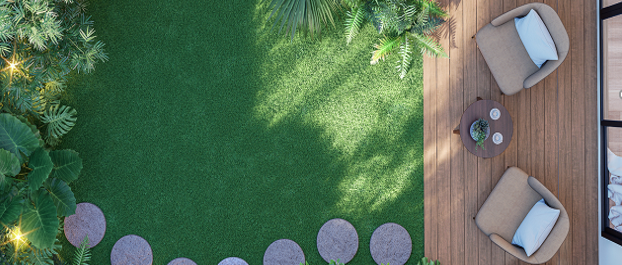
Biophilic Design and Our Innate Bond with Nature
EXPLORING THE CONNECTION!
In the fast-paced world of urbanization and technology, our connection to nature often takes a backseat. However, an emerging architectural philosophy known as biophilic design seeks to change that.
What is Biophilic Design and how is it needed today?
First...The concept of biophilic design was first popularized by the American biologist and design theorist Edward O. Wilson. His 1984 book "Biophilia", refers to the innate human tendency to seek connections with nature and other forms of life. Biophilic design is an innovative approach that emphasizes our intrinsic connection with the natural world by integrating nature into the built environment.
Wilson's ideas have been highly influential in the fields of architecture and design.
The biophilic design harnesses this inherent connection to nature and incorporates natural elements, materials, and forms into architectural spaces to enhance the overall human experience.
Let's dive deeper and educate you more on the concept of biophilic design, its fundamental principles, and its numerous benefits for both human well-being and the environment.
Here are a few core principles of biophilic design...
Natural Light and Views: Biophilic design places great emphasis on introducing natural light into indoor spaces. Large windows, skylights, and open spaces offer views of the outdoors, promoting a sense of visual connection with nature.
Indoor Plants and Living Greenery: Integrating plants, both indoors and outdoors, is a fundamental aspect of biophilic design. Green walls, vertical gardens, and potted plants not only improve air quality but also create a refreshing and calming atmosphere.
Natural Materials: The use of natural materials like wood, stone, and water elements in architectural design evokes a sense of authenticity and harmony with the environment, appealing to our biophilic instincts.
Biomorphic Forms and Patterns: Incorporating organic, flowing shapes and patterns reminiscent of nature into building design fosters a sense of familiarity and comfort.
Multi-Sensory Experiences: Biophilic design engages multiple senses, from the sound of flowing water to the tactile experience of natural textures, enhancing the overall sensory connection with nature.
However...Know that incorporating biophilic designs into a workplace or home, especially in urban environments can be expensive, I mean...The cost of materials, design, and construction can be prohibitive for some businesses. Secondly, limited space can be a challenge, and it also requires extreme maintenance (You can try Moss Walls which needs little or no maintenance). Implementing biophilic design in dense and complex cities may require creative and innovative solutions, such as vertical gardens, green roofs, and modular systems.

Well...take a moment to reflect on why, despite any reasons against it.
The undeniable truth is that nature has a profound and positive impact on mental health. It has been proven to greatly alleviate stress, anxiety, and depression.
Including natural elements in your life can improve your health. This can lead to faster healing, lower blood pressure, and better physical well-being.
The biophilic design promotes sustainable living through a deep connection to nature and responsible resource usage.
Lastly...Adding nature to workspaces can boost productivity and creativity, leading to happier and better-performing employees.